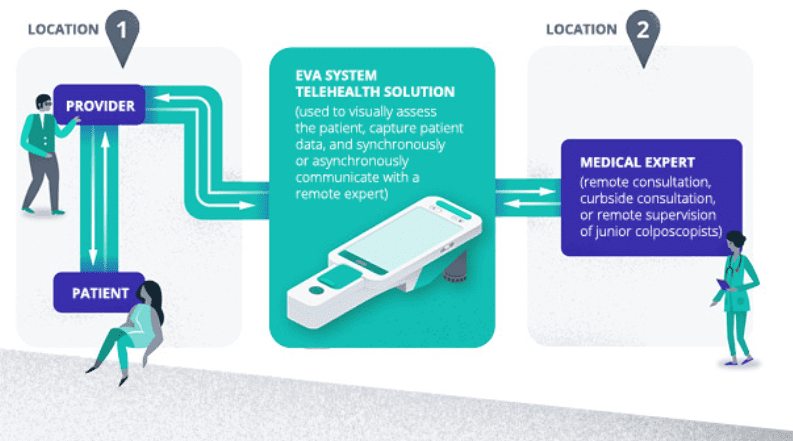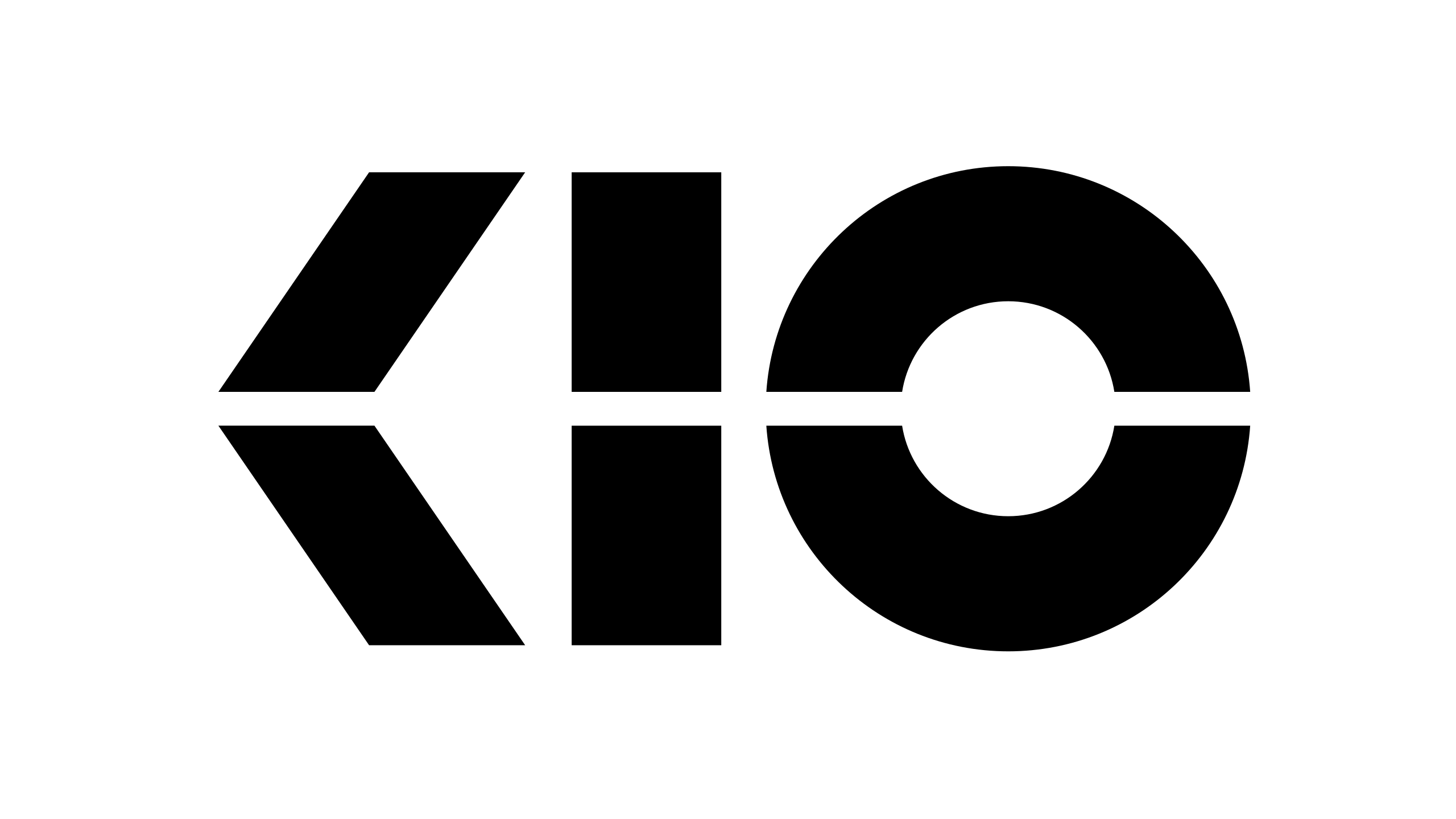
Currently, Israeli companies use mobile phones to collect and/or transmit health data and monitor chronic diseases. Among the many applications, the use of the integrated camera of a smartphone to detect cervical cancer, the fourth most common cancer that affects women worldwide and the second most common cancer among women in the world, stands out. low-resource settings.
More than five billion people around the world have access to mobile phones, but not to a doctor. For example, today MobileODT's EVA point-of-care device is used by primary care providers in more than 30 countries to perform specialist-level vision screenings for thousands of women.
MobileODT was the first company to build an FDA Class 2 medical device, a regulated medical device that replaces an existing medical system, around a mobile phone. Since then, many other companies have taken advantage of the mobile phone, either to help healthcare professionals collect data (as with MobileODT) or to help patients transmit data from home to the doctor and facilitate communication during a remote exam.
There are a number of reasons why mobile phones make sense as the core platform for a medical device. The first is that every person on the planet knows how to use one. And that's very important, because training and onboarding a medical device is very difficult. When you have something based on a mobile phone platform, it's relatively easy for the professional to watch a few tutorials and start using the device very quickly. That's not the case with anything else, and it's very important because then you can expand to rural areas and low-resource settings efficiently.
There are other advantages to using smartphones for health care. From a regulatory perspective, most mobile phones on the market have received transmission tests and certificates. Another relevant advantage is that mobile phones incorporate data transmission natively, something that a medical device generally does not.
Below, we will mention some companies that use the smartphone as a basis or complement for smart health care.
MobileODT
EVA, a device that has as a colposcopy complement a dedicated mobile device integrated for visualization, documentation and teleconsultation all in one. The EVA product line now includes separate devices for cervical cancer screening, cervical examination, and sexual assault forensics. It is also used to train doctors in colposcopy; telecolposcopy or remote colposcopy.
Binah.ai
Binah.ai provides medical-grade vital signs measurements (heart rate, heart rate variability, mental stress level, oxygen saturation, respiratory rate, and more) in 2 minutes via video of the upper cheek of the patient and this with the help of a smartphone, tablet or laptop.
Signal processing and AI technology compensate for movement and imperfect lighting, and are compatible with any age, gender and skin color. It can even detect subtle changes that might otherwise go unnoticed. Binah.ai works with health, insurance and wellness industries in various countries.
Healthy.io
This Tel Aviv-based company harnesses the image-processing power of any smartphone's camera to perform four comprehensive medical tests at home: kidney function, wound management, urinary tract infection and urinalysis, whose Results are transmitted to the doctor instantly.
As we can see, we have different medical support applications through the use of mobile devices, with this, a promising future is approaching in which anyone can receive medical care remotely.



